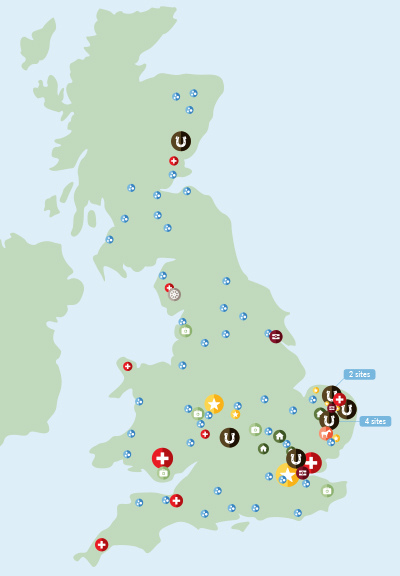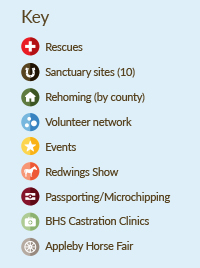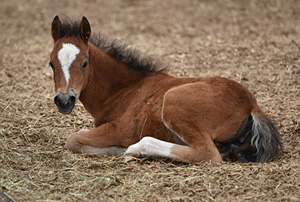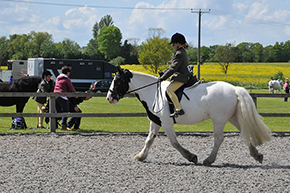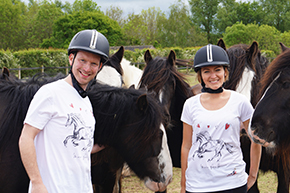Welcome
In 2016 our extensive work on the Commons continued, with a particular focus on Bodmin and South Wales. The Sanctuary remains full with spaces only coming available as we rehome a horse or sadly one passes on, so we need to find more sustainable ways to help the horses out there that need us. Our Commons work has developed over years and it’s no longer as simple as rounding up large herds and bringing them in to our sanctuary; however from those early days we have gained a great deal of experience working with feral herds, enabling us to handle them safely and to minimise their stress. This year’s work was pioneering as we worked to microchip and passport a huge group on an area of Bodmin Moor, assessing their health at the same time, while still, of course, removing those in most need and externally boarding them while we found the best homes.
We work in partnership; one of our more unusual outcomes this year was the result of our donation of a horse trailer for the Norfolk Fire Services’ training horse (a model). We continue to support our rescue partners with handling training; as when a horse is loose or in a tight spot it is invariably the emergency services that are called.
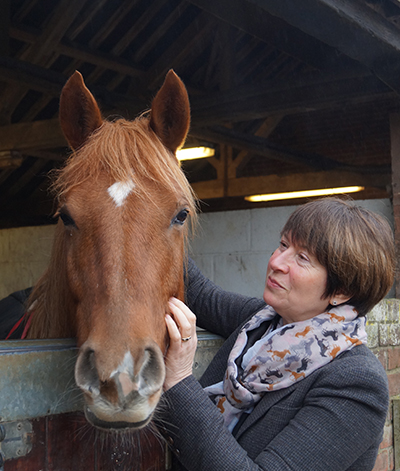
I must say a heartfelt thank you to the amazing team who work for, volunteer for or support Redwings. It is thanks to you all that we have been able to make 2016 a very productive year, making a real difference to the lives of horses and donkeys in need.
Lynn Cutress, Chief Executive & Secretary
 Redwings Annual Review 2016
Redwings Annual Review 2016